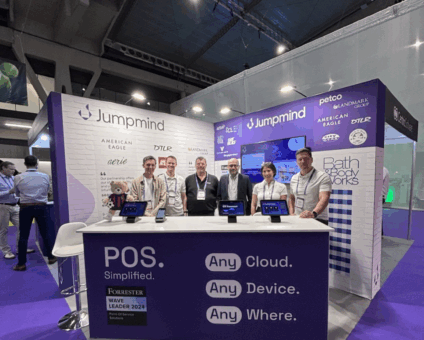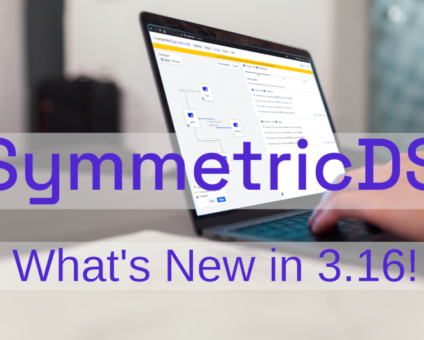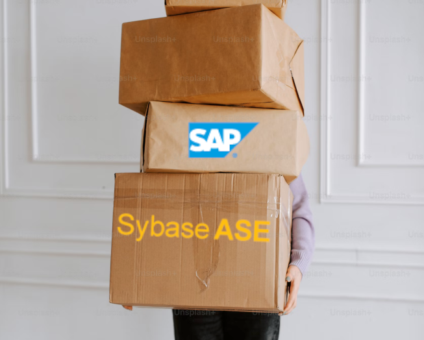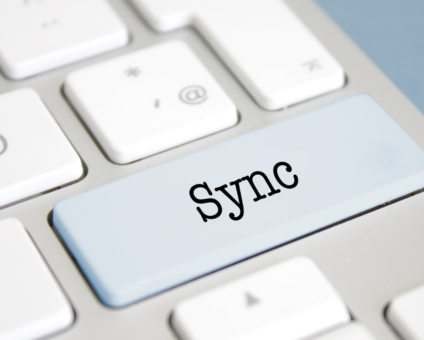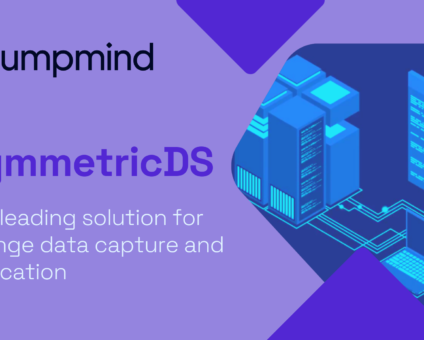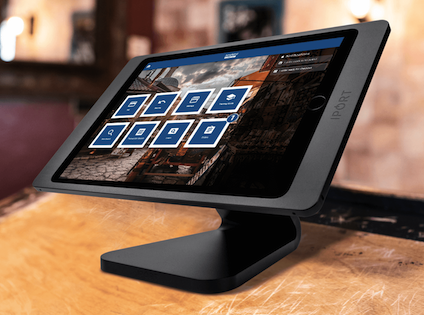Beyond the Hype: What Retailers Really Want from Tech in 2025 Europe’s biggest retail conference …
![]()
Cloud-native POS platform for seamless omnichannel customer experience.
![]()
A single hub for all promotions campaigns.
- Omnichannel ExperienceCreate seamless customer experiences
- Device IndependencePOS agnostic to form factor or operating system
- Self-CheckoutDo more with fewer associates
- Mobile StoreLeverage POS from anywhere
- POS on the GoEnable associates to sell outside of the store
- Unified PromotionsStreamline and simplify promotion workflows
- CX ConnectAllow customers to engage with POS during checkout
- Composable CommerceCreate the store experience you want
![]()
The most advanced synchronization solution for databases and file systems.
![]()
Data configuration and batch automation across different disparate systems and vendors.
-
Data Replication
- Multi-tier DistributionReplicate thousands of remote locations
- Cloud Database ReplicationCapture live changes from on-premise to the cloud
- High Availability and Load BalancingEnsure 24/7 access to data and scale efficiently with demand
- Analytics and ReportingCapture the whole picture with real-time reporting
- Multi-masterMaintain consistency of data in a peer to peer setup
- Data WarehouseReplicate live and historical data to a warehouse
- MigrationsConduct live data migration with no downtime
-
-
Data Integration
- Master Data ManagementChanges propagate across the entire system, allowing you to maintain a centralized view of all parts of your core business entities.
- Application IntegrationReduce dependencies, complexity, and risk to build a high-performance, data-driven application.
- Web ServicesIntegrate multiple systems using web services or build a business application using a service-oriented architecture.
- Data WarehouseIntegrate disparate data from multiple systems so you can transform data for better business intelligence and reporting.
- Data MigrationConduct live data migration during critical server replacements, storage upgrades, and data center relocations—with no downtime.
- ImplementationIntegration consultants help design, develop, and deploy an implementation of our products.
- DevelopmentThe product developers can add features, enhance existing functionality or build support for new platforms.
- TrainingEngage our experienced training resources to gain in-house knowledge and expertise on Jumpmind products.
- SupportLeverage product engineers to resolve issues, fix defects and provide updates or patches.
- Proof of ConceptDetermine the feasibility of implementing our products and get answers to your questions quickly.
What a fun week it was for women from across the country who came together …
It’s a wrap for the Jumpmind Team at Shoptalk Spring and we could not have …
View all Blog Posts
The new release of SymmetricDS Pro 3.16 data replication software simplifies setup, improves performance, and …
Sybase ASE (more recently known as SAP Adaptive Server Enterprise), announced its end of mainstream …
Azure Blob Storage has become a popular option for storing files in the cloud. And …
View all Blog Posts
Jumpmind Powers Point of Sale and Promotions Execution for Landmark Retail, One of the Largest …
Retail Technology Leader Jumpmind to Enable Mobile Point of Sale and Inventory Management for DTLR/VILLA …
The retailer is charting its next chapter with retail technology modernization to power inspired omnichannel …
View all Customer Stories
43 percent say handling online order returns in-store is a top challenge, and that increases …
After nearly a century in business, the legendary Canadian fashion retailer is retooling to streamline …
The Solution Addresses Modern Retail Challenges with Innovative Promotions to Captivate Inflation-Weary Shoppers NRF 2024, …
View all Blog Posts
![]()
Cloud-native POS platform for seamless omnichannel customer experience.
![]()
A single hub for all promotions campaigns.
![]()
The most advanced synchronization solution for databases and file systems.
![]()
Data configuration and batch automation across different disparate systems and vendors.
-
Data Replication
-
-
Data Integration
-
Retail Retail trends, technology, and enhancing the customer experience
-
Data Thoughts on data matters, dialects, performance, and security
-
Customer Stories How Jumpmind impacts the businesses of our clients
-
Videos & Webinars Watch on demand demos, reviews, and tours of our products
-
Company News Get the scoop on Jumpmind's growth and impact
View all Blog Posts
What’s New in SymmetricDS 3.14
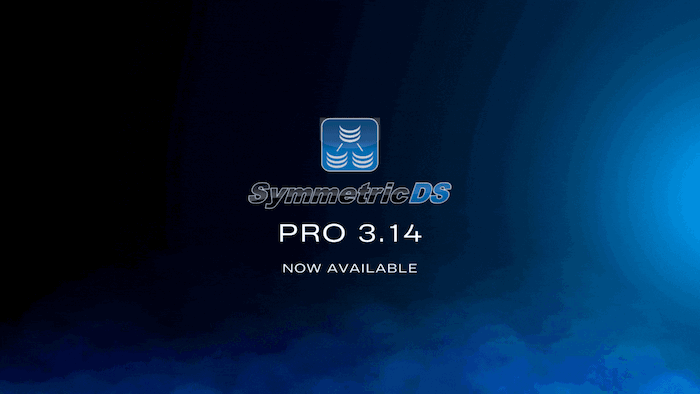
What’s New in SymmetricDS Pro 3.14
The new release of SymmetricDS Pro 3.14 will help you:
- Capture data from and load data to Snowflake and SingleStore
- Replicate data from MySQL using log mining
- Send change data to S3 for integrations with AWS
- Setup replication using an improved UI
Snowflake Change Data Capture
Integration with Snowflake database was expanded to include change data capture, including all features in the streaming data pipeline, such as filtering, sub-setting, and transformations. Snowflake is a fully managed SaaS database for building data warehouses, data marts, and data lakes that automatically scale in the cloud. Dependent relational data can be grouped together and transformed into JSON documents that are consumed by Snowflake.
SingleStore Change Data Capture
Replicate changes from SingeStore or load data from disparate data sources into it. SingleStore is a relational database that can store relational, JSON, graph, and time series data with a distributed architecture that supports either OLTP or data warehousing. This dialect has bi-directional support that includes change data capture, sub-setting, transformations, and initial loads.
MySQL Log-based Replication
Flexible database replication lets you choose between log-based or trigger-based change data capture for MySQL databases. Log-based data replication is now an option when minimal overhead and high throughput is required. The node wizard sets up log replication and guides you through database permissions needed for log mining. The same powerful configurations are available for either option, including selecting tables, columns, data subsets, conflict management, and data transformation.
Amazon S3 Integration
Capture changes from multiple data sources and load them into scalable storage buckets on Amazon’s Simple Storage Service (S3). Amazon S3 makes data available through integration with other Amazon Web Services (AWS), such as Relational Database Services (RDS), Lamda, and Cloud Watch. Load data from S3 into an RDS database, drive business logic in serverless Lambda functions, or monitor for data events in Cloud Watch.
Usability Enhancements
The web console was enhanced to improve the user’s flow of connecting to databases, enabling change capture, and sending initial loads. For large deployments with hundreds or thousands of locations, new endpoints can be scheduled to register automatically. Initial loads can now be monitored at the endpoint with the same level of detail that was previously only available at the source. Notification messages for data replication events can be customized with a screen that edits a notification template. Screens now support renaming the ID of an item being edited or using a “Save As Copy” button to copy it as a new item. New user settings include display mode, preferred date and time format, and timezone.

